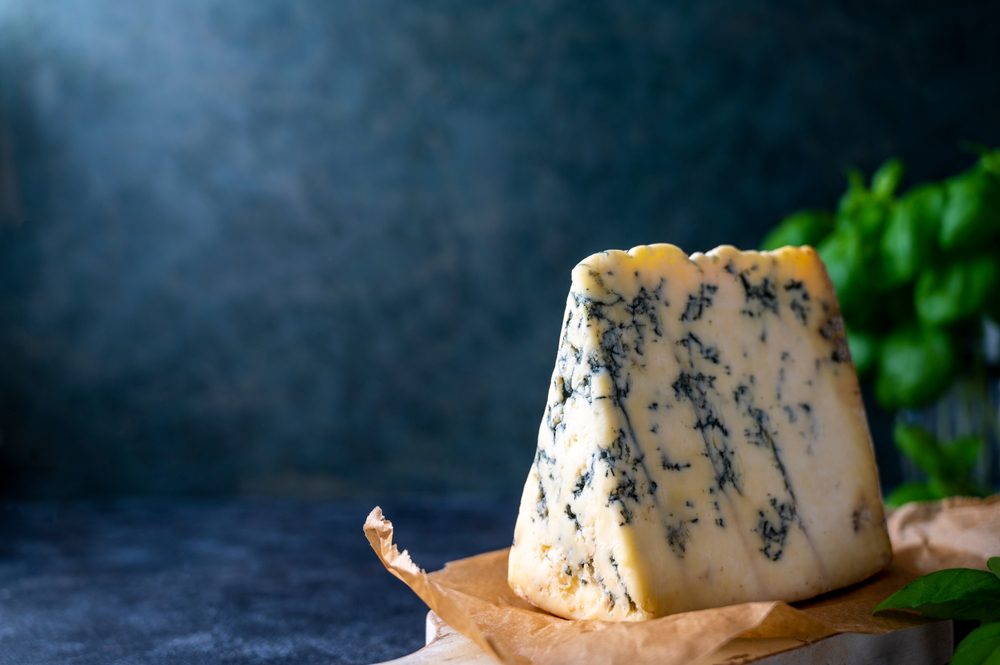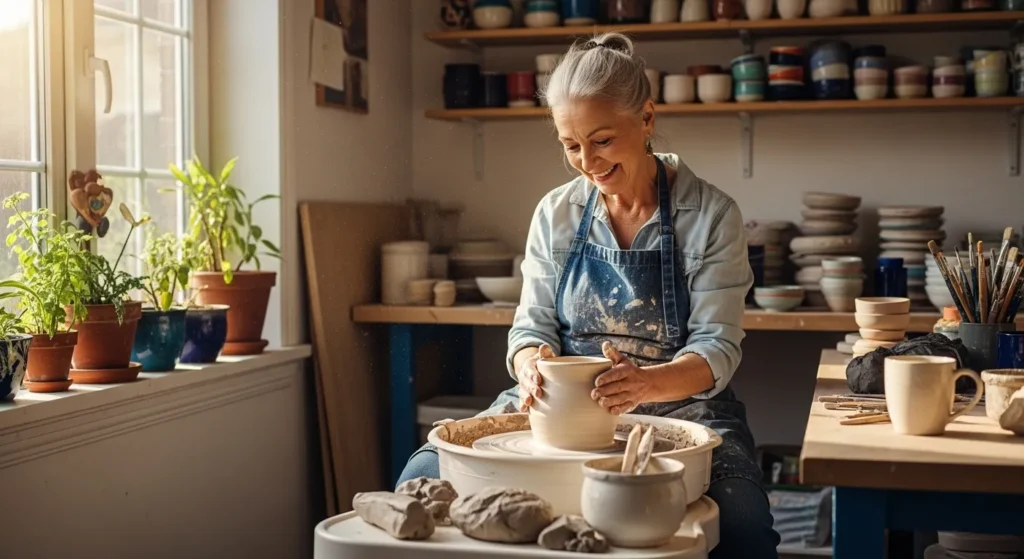
What is mold?
Both mold and bacteria can be dangerous for your health – but there’s a difference. For example, molds grow in complex, multi-cellular structures that are visible to the human eye; bacteria, on the other hand, is a hidden threat that can only be seen when using a microscope.
Robert Gravani, professor and director of the National Good Agricultural Practices Program in NYC, explains that molds develop root threads deeply anchored into the food they grow on. These roots grow spores, which is part of the mold we actually see; spores can come in a wide range of forms and colors – and they also encourage transmission from one item to another.
Gravani likes to describe molds as nature’s decomposers – and they’re highly efficient too! As long as it has the proper environment, this type of fungi can decompose pretty much anything.
A warm, humid atmosphere creates the ideal habitat for mold.
But here’s the catch: just because you keep foods in your refrigerator, it doesn’t mean mold can’t grow there too! What’s even worse, you may end up eating certain foods with mold without even knowing!
The good and the bad mold
Perhaps one of the most surprising things I’ve learned about mold is that it’s not entirely bad! Certain types of mold can be extremely beneficial to our health.
Ever heard of penicillin? This antibiotic is made from a type of mold named Penicillium!
Additionally, certain hard cheeses are also made from mold – and some of them are extremely expensive as they’re considered to be a delicacy by some cultures.
Now, back to the bad types of mold.














One Response
Great content and very detailed, thanks so much for sharing. I’m going to completely revamp my kitchen & pantry! I was looking for information on freezer content. How long to keep items.